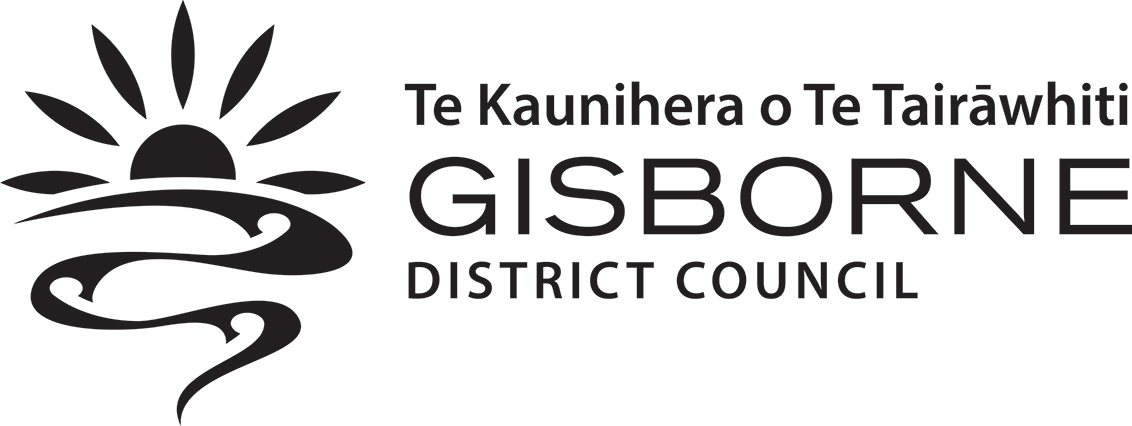The scientific trial of the Makauri managed aquifer recharge project is now complete.
We continue to engage with stakeholders and iwi to investigate options to improve the availability of water for irrigation and commercial uses, including considering the learnings from the MAR trial.
About the MAR trial
The aim of this project was to inject water from the Waipaoa River into the Makauri aquifer to ensure its ongoing use for irrigation of 3,000 hectares of horticultural farmland.
The Makauri aquifer is the largest underneath the Poverty Bay Flats, extending from Kaiteratahi down to Makaraka and spanning both sides of the Waipaoa River. Recharge of the Makauri aquifer could reverse the declining levels of the aquifer, address saline intrusion, and provide water surety for irrigation, cultural and environmental needs.
The Stage 1 trial began in 2017, jointly funded by Council, Provincial Growth Fund and Trust Tairāwhiti (previously known as Eastland Community Trust).
The results of the first trial showed positive indications of increasing groundwater levels without degrading the quality of water.
Resource consent for Stage 2 trial was granted in August 2018.
The purpose was to further investigate the potential risks associated with injecting larger amounts of water the aquifer.
As part of the resource consent and Trust Tairāwhiti funding conditions, Council engaged with Rongowhakaata Iwi Trust to develop a Cultural Impact Assessment (CIA).
A Mauri Compass Assessment was also undertaken with Te Aitanga-a-Mahaki. Completion of the CIA allowed Council to start the Stage 2 injection trial in August 2019.
A third injection trial was carried out in the winter of 2020. The volumes and quality of water injected into the aquifer during are summarised in the table below:
2017 | 2019 | 2020 | |
Days available | N/A# | 69 | 146 |
Number of injection days | N/A# | 33 | 80 |
Average Injection Rate | 2017 : 14l/s | ||
Average Turbidity | 2017 : N/A | ||
Total Volume Injected | 73,180 m3 | 39,174 m3 | 104,557 m3 |
#Data not available
At the end of the 2020 trial an independent review of all data was completed in February 2021. This report confirmed that the Makauri aquifer is suitable for recharge of around 600,000m3 per annum. Careful consideration will need to be applied to the construction of any future bores in the multiple aquifer system of the Poverty Bay Flats.
The scientific trial of the project is now complete. Information gained during the trial has been circulated to stakeholders and will be made available here on our website.
Council will continue to engage with stakeholders and iwi to investigate options to improve the availability of water for irrigation and commercial uses, including considering the learnings from the MAR trial.
Funding
The Provincial Growth Fund granted $542k towards the project, and Trust Tairāwhiti a further $488k.
Combined with $160k Council-committed funds in the 2018-2028 Long Term Plan, stage 2 of the trial was fully funded.
As the trial is complete, no further budget has been allocated.
More information about the project
Gisborne District Council's Makauri aquifer Managed Aquifer Recharge (MAR) trial aimed to inject water from the Waipaoa River into the Makarui aquifer to ensure its ongoing use for irrigation of 3000 hectares of horticultural farmland.
Project status
Funding and resource consent approved for Council to proceed with stage 2 of the MAR trial.
Stage 2 will fully investigate potential risks and inject up to 360,000m3 from the Waipaoa River into the aquifer.
As part of the resource consent and ECT funding conditions, Council is engaging with Rongowhakaata Iwi Trust around the development of a cultural impact assessment.
A Mauri Compass assessment of the trial will be undertaken as part of the cultural framework agreed with Te Aitanga a Mahaki.
Council's role
There's a clear distinction between the trial in the Makarui aquifer and any future development of a MAR scheme. Once the trial was completed, Council’s role in any MAR scheme is regulatory.
A company MAR Limited has been set up by horticultural interests, including Mangatu Blocks, Kaiaponi Farms, Leaderbrand and some smaller firms.
Gisborne District Council has only committed to the trial to see if it will work.
The Makauri aquifer is the largest underneath the Poverty Bay Flats, extending from Kaiteratahi down to Makaraka and spanning both sides of the Waipaoa River.
The aquifer is an area of gravel and sand under the flats that's saturated with water. It naturally recharges by water percolating from the river and higher aquifers through the gravel into it, a slow process that happens over several decades.
Since the horticultural boom in the 1980s, irrigation of crops has remained at a constant level leading to the decline of the aquifer.
It has very little natural recharge from rainwater and river water because of changes to the land such as flood control, vegetation clearance, rainfall and climate changes.
The Poverty Bay Flats is an area of 18,000 hectares and is the single largest area of highly fertile soil in the country. It's among the most productive horticultural areas thanks to a combination of high sunshine, fertile soils and mild temperatures.
Currently about 1 million cubic metres is taken from the aquifer each year.
Modelling shows that 660,000m3 per year is required to go back in to stabilise the aquifer, with even more required on top of that to enable any expansion of irrigation.
Irrigation would need to be reduced by two thirds of current use to equal natural recharge.
Groundwater modelling of the Tūranga Poverty Bay Flats
Beneath the surface - understanding groundwater of the Tūranga Poverty Bay Flats. This website has information on protecting our resources, the current state and testing the Flats groundwater model, results and what's next.
